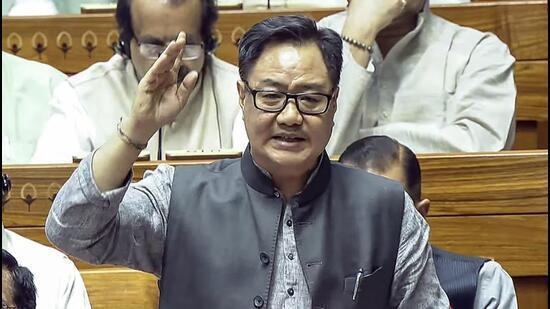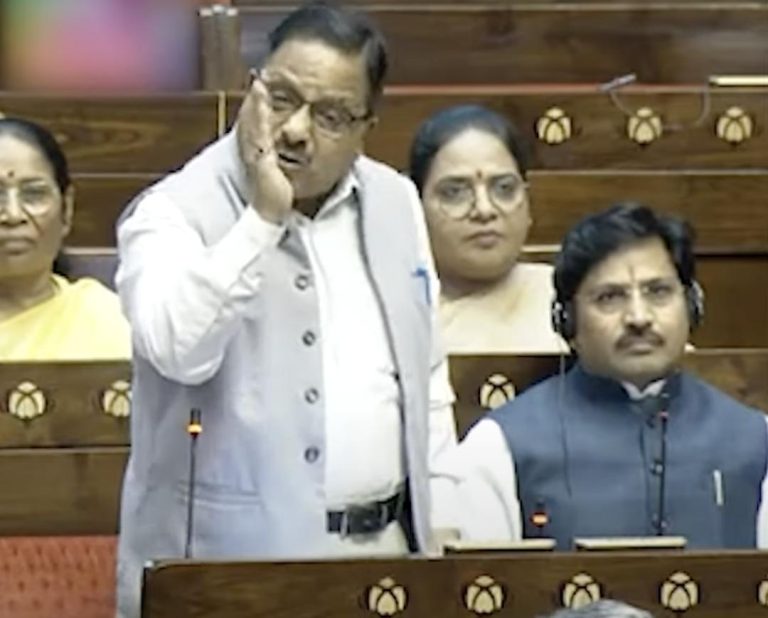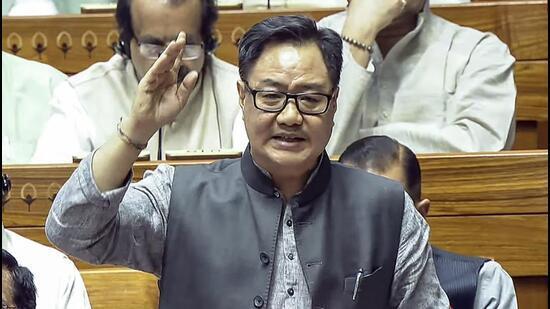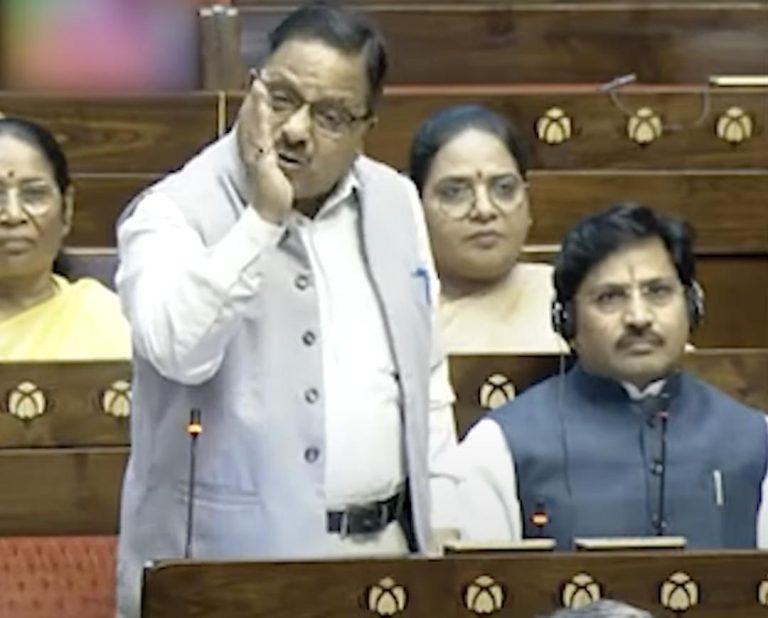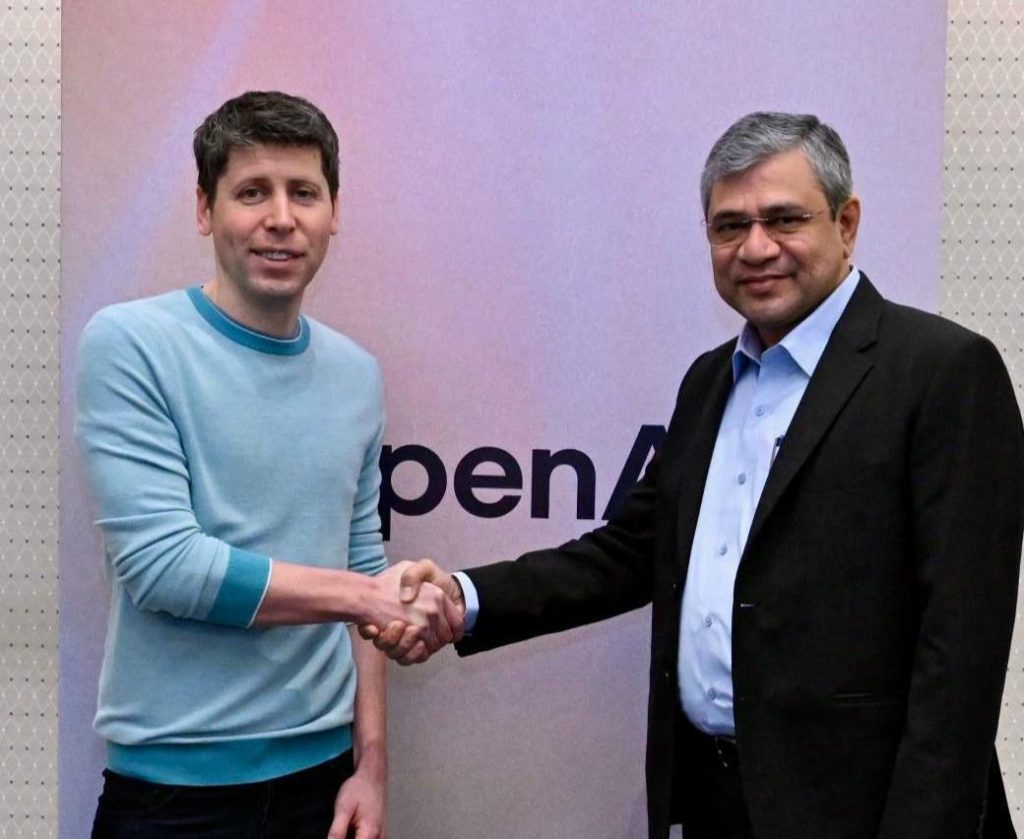
Like Chandrayaan, India Should Make Low-Cost AI Model: Vaishnaw
In a recent interaction with OpenAI CEO Sam Altman, India’s IT Minister Ashwini Vaishnaw emphasized the need for innovation in Artificial Intelligence (AI) that can reduce costs. He drew parallels between India’s successful Chandrayaan-3 mission to the moon and the potential for developing a low-cost AI model. Vaishnaw’s remarks have sparked a conversation about the importance of making AI more accessible and affordable for individuals and businesses alike.
India’s Chandrayaan-3 mission was a groundbreaking achievement, with the country successfully landing a rover on the moon’s surface at a fraction of the cost incurred by other countries. This feat demonstrates India’s capabilities in space technology and its ability to execute complex projects at a lower cost. Vaishnaw’s suggestion to replicate this success in AI development is an exciting prospect, as it could lead to a cost-effective revolution in the field.
The current state of AI development is characterized by high costs, which can be a significant barrier to entry for many organizations and individuals. The high cost of AI solutions can limit their adoption, particularly in developing countries where resources are limited. By developing a low-cost AI model, India can democratize access to AI technology, enabling more people and businesses to leverage its potential.
Vaishnaw’s proposal is not without merit. India has a thriving startup ecosystem, with many entrepreneurs and innovators working on AI-related projects. With the right support and resources, these startups can develop innovative AI solutions that are affordable and accessible. The government can play a crucial role by providing funding, mentorship, and infrastructure support to these startups.
Moreover, a low-cost AI model can have far-reaching benefits for various industries in India. For instance, healthcare and education are two sectors where AI can have a significant impact. A cost-effective AI model can enable hospitals and healthcare providers to analyze medical data more effectively, leading to improved treatment outcomes and reduced costs. Similarly, in education, AI-powered tools can help personalize learning experiences for students, improving academic outcomes and increasing accessibility.
The Indian government has already taken steps to promote AI development in the country. The Ministry of Electronics and IT (MeitY) has launched several initiatives, including the National Artificial Intelligence Portal, to promote AI adoption and innovation. The government has also established the National AI Mission, which aims to develop AI applications in various sectors, including healthcare, education, and agriculture.
Vaishnaw’s suggestion to develop a low-cost AI model is in line with the government’s vision of using technology to drive economic growth and improve people’s lives. By leveraging India’s strengths in innovation and cost-effectiveness, the country can develop AI solutions that are not only affordable but also relevant to its unique needs and challenges.
In conclusion, Ashwini Vaishnaw’s call to develop a low-cost AI model is a timely and important initiative. By building on India’s strengths in innovation and cost-effectiveness, the country can develop AI solutions that are affordable, accessible, and relevant to its unique needs and challenges. The potential benefits of a low-cost AI model are far-reaching, and it has the potential to drive economic growth, improve people’s lives, and establish India as a leader in AI development.
Source:



